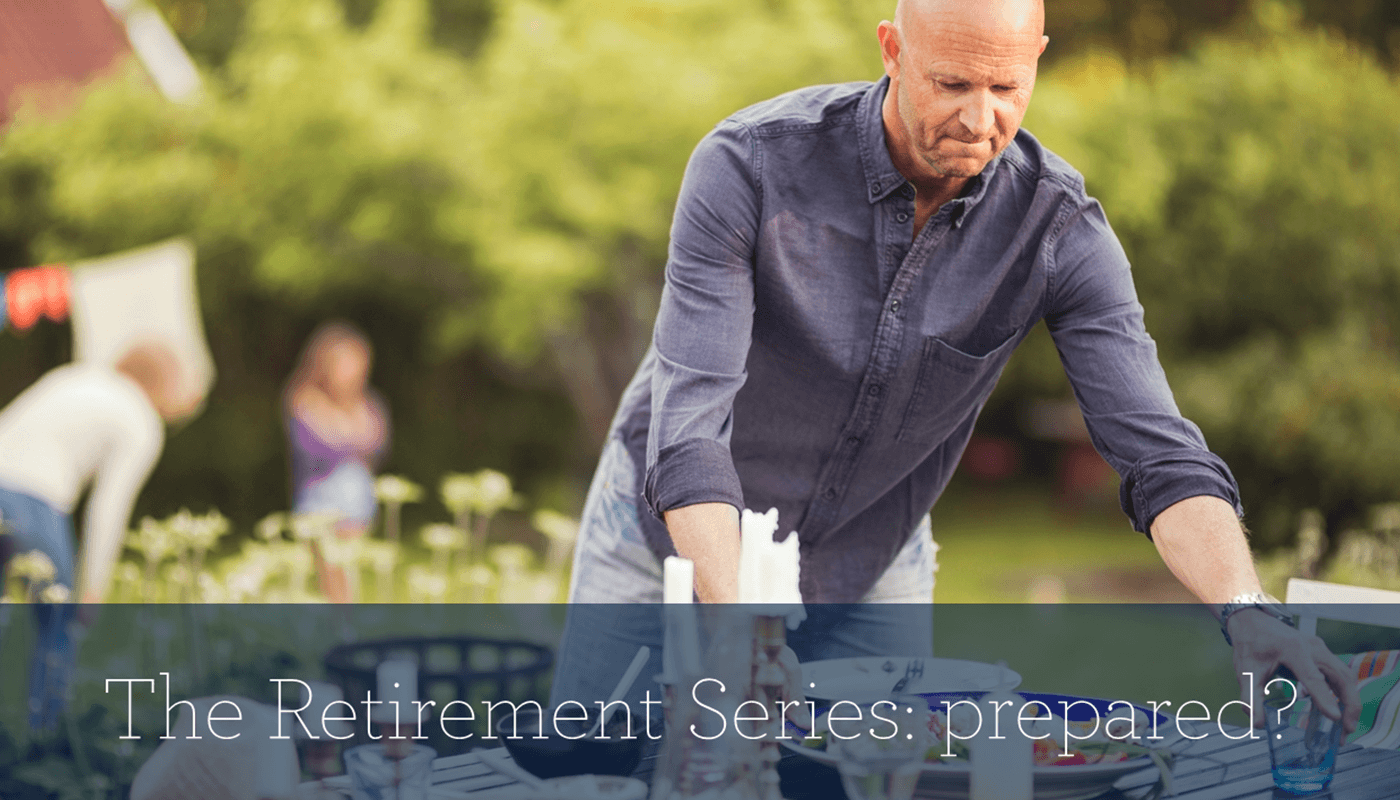The Retirement Series will explore attitudes towards retirement, how prepared Australians are for it and other insights from research gathered by AMP.
By Rod Finch
There was a time, many years ago, when almost every Australian could comfortably rely on the aged pension to support them in retirement. While not an extravagant sum – the current maximum fortnightly payment (excluding supplements) is $814.00 for a single person and $1,227.20 for couples[1] – it certainly helps toward managing daily costs.
Increasingly, however, policymakers are tightening the rules around who’s eligible for government benefits and encouraging individuals to be more accountable for how rosy their retirement is. The most notable, and obvious, example of this is the introduction of the superannuation guarantee for all Australians in 1992.
Yet, despite the fact we’ve been required to save 9, and more recently 9.5 per cent, of our salaries via superannuation for more than 20 years, 46 per cent of Australia’s 3.6 million retirees over 45 years of age still receive some form of government pension or allowance[2].
"It’s not as simple as squirreling away your spare cash in a savings account or old paint tin"
With the ratio of working people, who pay tax to help fund an aged pension scheme, to retired Australians set to almost halve by 2050[3], this raises an oft forgot third element to how we can protect our lifestyle in retirement; voluntary savings.
Indeed, in 2006 the United Kingdom Pensions Commission shared its view of the options available to ease the financial burden of an aging population in that country - save more, work longer, increase taxes or be poorer. Surely, the most palatable of those options is the first one; save more.
But it’s not as simple as squirreling away your spare cash in a savings account or old paint tin. There are a number of factors we each need to carefully consider about our own objectives, financial situation and needs before making any decisions that will affect our retirement income.
Questions I think about:
- How much money do I need to pay for the basics of day-to-day, like food, utilities and transport?
- What kind of lifestyle do I want to enjoy and how much do I need to fund that over and above the day-to-day basics?
- Are there any once off events or experiences that I need to pay for, like a new car or an overseas trip?
- Will I outlive my savings (the longevity risk)?
- How can I protect myself against inflation and fluctuations in the market?
These are some questions which many struggle to answer, aptly demonstrated by a 2016-17 international study involving the actuarial associations of the United States, United Kingdom, and Australia. The research found that most of us don’t have a clear sense of how long our money will last in retirement, or are not adequately prepared for the risks associated with longevity, chronic ill health, and being forced to stop work unexpectedly early.[4]
Navigating through these issues may require help, but the first step in retirement planning, which many leave too late, is to seriously consider our retirement goals and how we wish to live in retirement. The plan to achieve these goals should naturally follow.
And, evidence suggests, the sooner we do this the better.
Rod Finch is AMP's Director Strategic Marketing and Customer Experience.
____________________________________________________
[1] Australian Department of Human Services, Payment rates for age pension, 6 February 2018
[2] Australian Bureau of Statistics, Retirement and Retirement Intentions, Australia, July 2016 to June 2017, paragraph 4 & 10.
[3] National Commission of Audit, Appendices to the Report of the National Commission of Audit, Volume 1 - February 2014, section 9.1, Paragraph 21.
[4] Actuaries Institute Australia, Retirement Readiness, pg 3.


